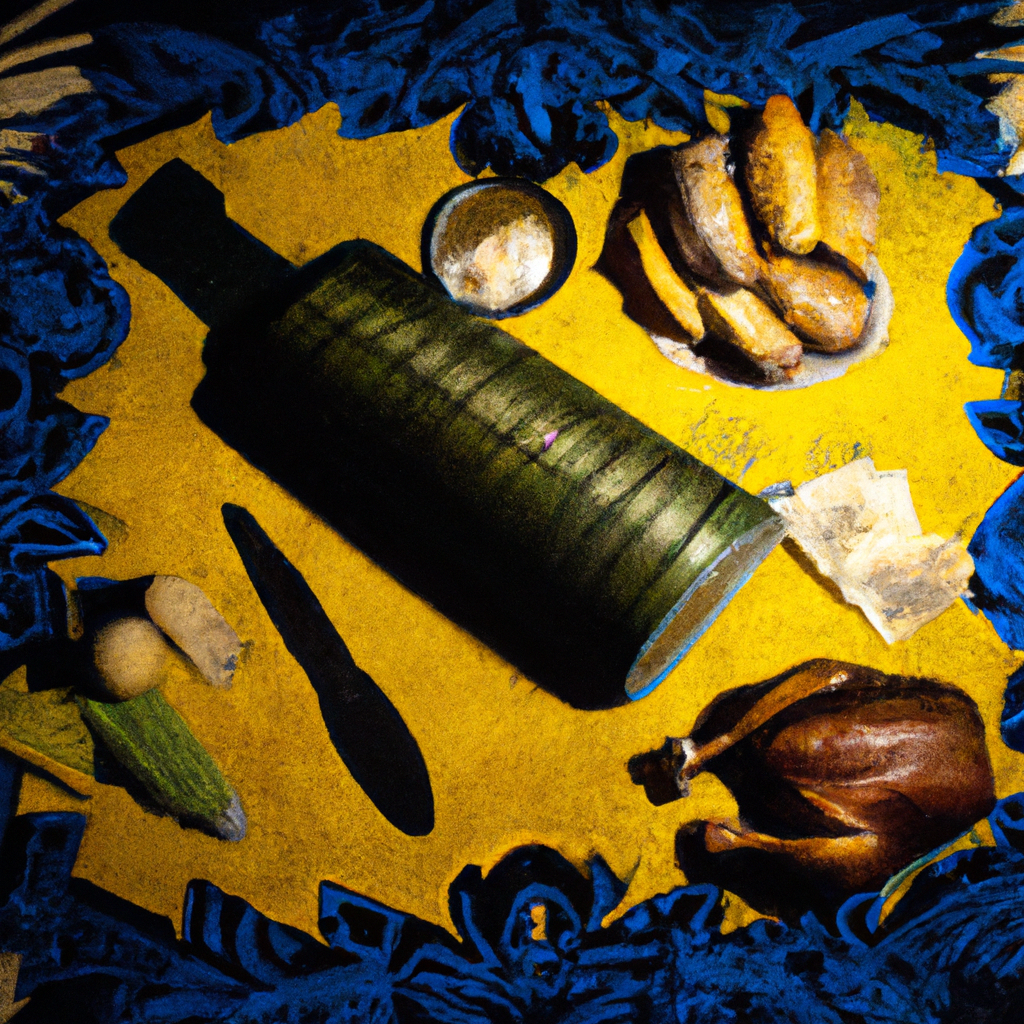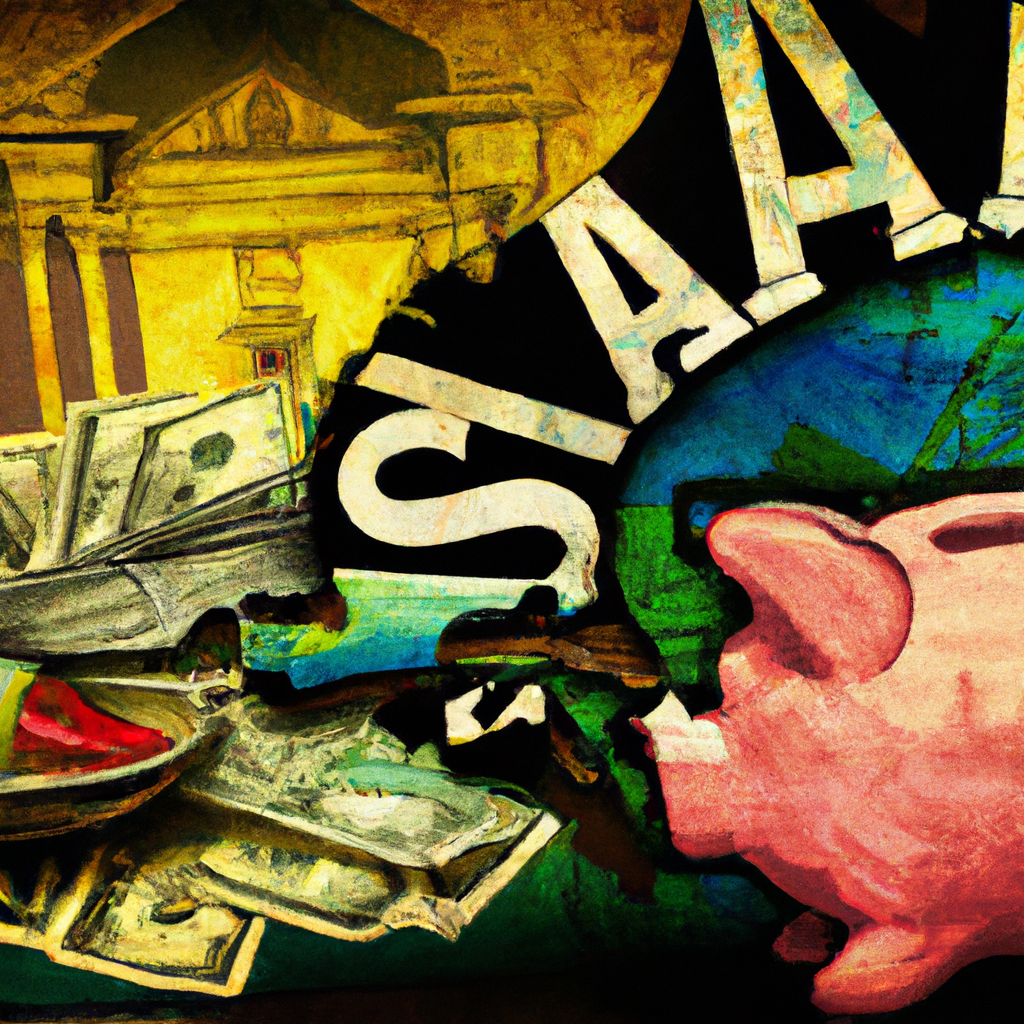It was a brisk November evening, the type that invited introspection and the scent of change in the air. In the dimly lit corners of a bustling suburb, families gathered around tables laden with delicacies. Yet, amidst the feast, a peculiar item stood out, wrapped in an aura of nostalgia and suspicion: the artificial cornucopia.
This ornamental piece, traditionally symbolising abundance, raised eyebrows more than glasses. How did fake fruit become the centrepiece of a celebration meant to give thanks for genuine harvests? The answer, as our investigation reveals, is more about economic manoeuvres than holiday cheer.
The Evidence: More Than a Festive Faux Pas
Digging deeper, the trail leads us to a cunning ploy orchestrated by manufacturers and marketers. The demand for artificial Thanksgiving decorations has surged, driven by a calculated campaign that paints these faux items as essential to modern festivity. The figures are telling: sales of artificial Thanksgiving decorations have increased by 25% annually over the past five years, according to industry reports.
Behind this façade of tradition lies a lucrative market. Major players like Global Decor Ltd. and Festive Creations have cornered the market, crafting an illusion of necessity. Their marketing strategies, peppered with sentimental imagery and the lure of convenience, tap into a deep-seated cultural yearning for continuity and celebration.
The Pattern: A Broader System of Influence
What appears to be a simple holiday trend is, in fact, a microcosm of a larger pattern. The commodification of tradition is a well-oiled machine, driven by corporate interests and consumer complacency. It’s a cycle as old as commerce itself, where nostalgia is repackaged and sold back to us, often at a premium.
This mirrors other industries where authenticity is sacrificed for profit. Consider the organic food sector, where labels and perceptions often outweigh actual practices. The same principle applies here: the image of abundance is preserved, even if the substance is not.
Why It Matters: Unpacking the Implications
At its core, this phenomenon raises questions about authenticity and values. Are we celebrating abundance, or merely an illusion crafted by those who profit from it? The implications stretch beyond the holiday table, touching on issues of consumer ethics and the impact of corporatisation on cultural traditions.
As we reflect on this, we must ask: Who benefits when tradition becomes transaction? And at what cost to our cultural integrity?
Sources
- Reuters: Holiday Decorations Market Analysis
- Financial Times: Market Trends in Thanksgiving Artificials
- UK Government Consumer Spending Report 2025
Salt Angel Blue Verdict: Manipulative — The trend is driven by corporate interests capitalising on cultural nostalgia.





